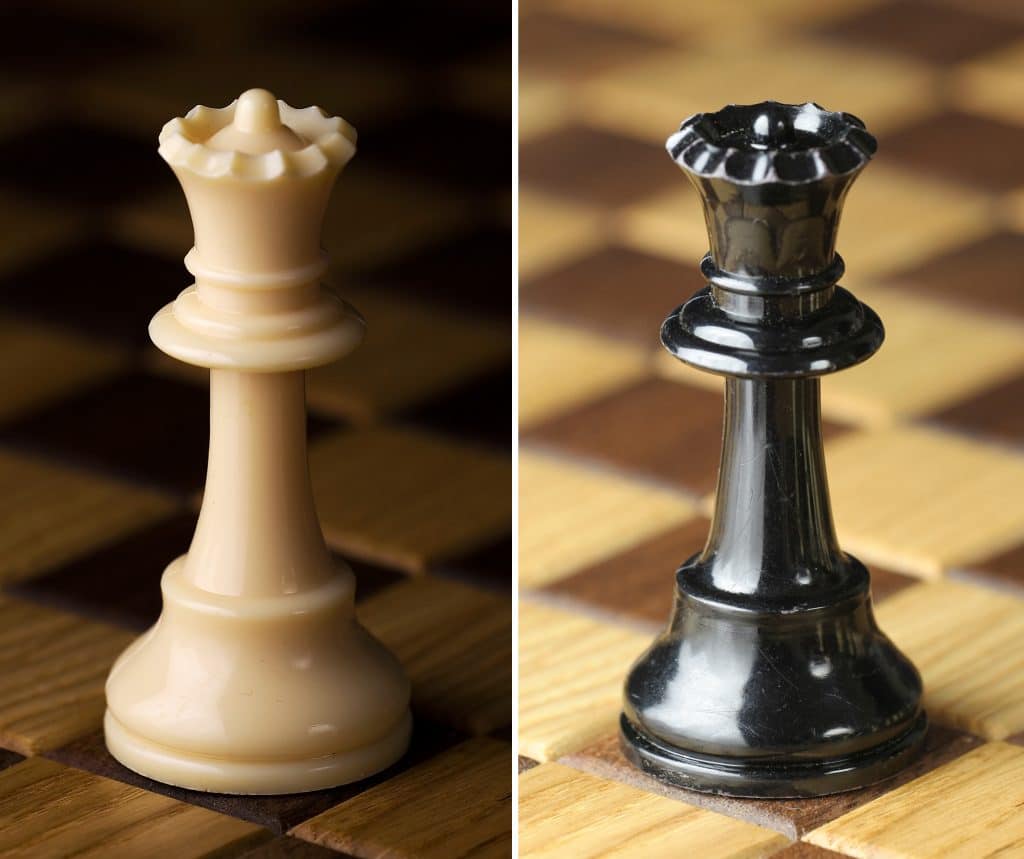Table of Contents
The Queen Chess piece
All of us, chess-lovers, know the potential and effectiveness of the queen chess piece in a game. The queen is the most powerful piece on the board because it provides a lot of dynamism to the position.
The queen chess piece can move in any direction with no square limit. Basically, the queen moves just like the other pieces on the board except for the knight, we could say it is all of the chess pieces combined.
When the pawn reaches the eighth rank it can be promoted into a queen just like any other piece. Different from the other pieces (like rooks, knights, or bishops) the game starts with only one queen per side.
Tactics and combinations fly all around the position when the queens are still in-game. Queens control a great number of squares, which means it's easy to use tactics with the queens like a fork.
The value is given to the queen chess piece normally is 9 points, but in some positions, it can reach even 15 points. Being the piece with the highest value you have to be careful before placing it in any square.
The queen chess piece is one of the most important pieces in attacking positions, actually tends to be the main attacker creating dangerous threats. Positioning the queen correctly is one of the most difficult skills of positional chess.
The history of the queen chess piece
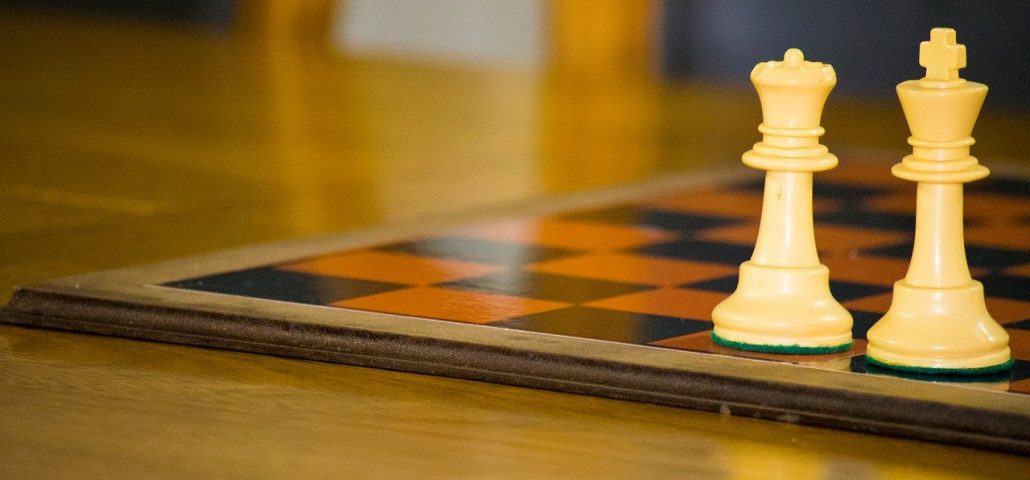
In shatranj, the concept of the queen chess piece had not been invented yet, but there was a predecessor of it. The “firzan” was a piece with a similar movement to the modern queen as we know it.
The word “firzan” is an Arab word that means “vizier” which was a political charge given to the personal advisers of a king. Back then, this was a masculine version of the modern queen that had not been created.
We also have to say that the queen chess piece called firzan before did not have the same movement as the modern queen. The firzan could move 4 or 5 squares in straight lines and 2 in a diagonal direction.
Of course, the firzan evolved little by little until the regular use we all know today was fully implemented. After some time the term “queen” was implemented in the UK and used by English speakers.
But these days the queen is also called “dame” or “dama” in countries like Germany, France, Spain, and others. This term can be translated into English as “lady”.
The Relativity of the queen
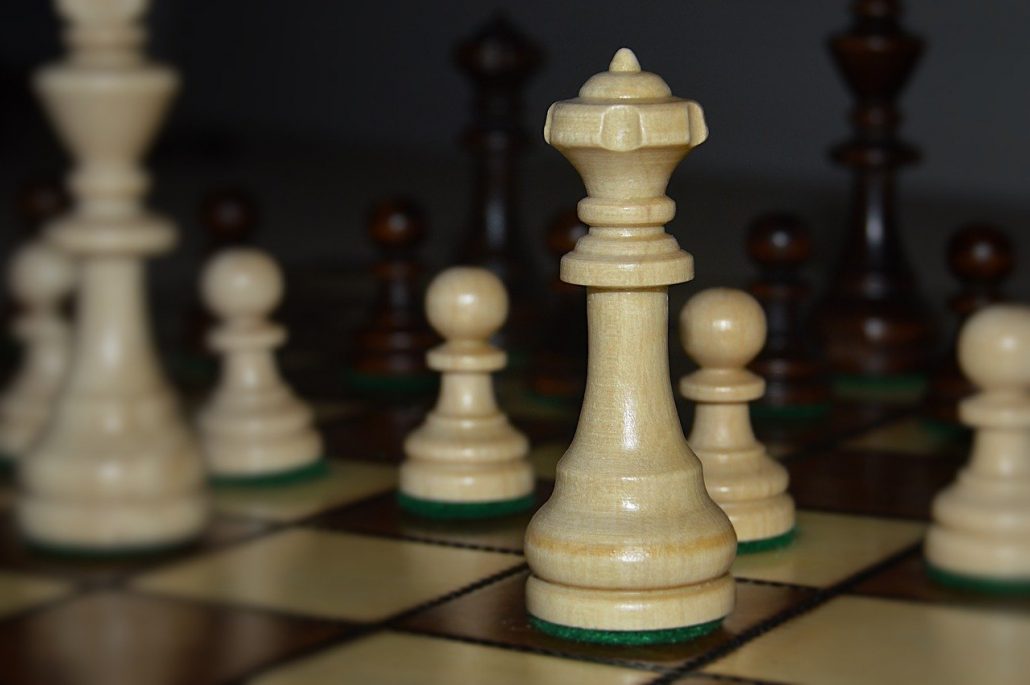
Using the queen indiscriminately also has a cost, being a really valuable piece you have to move it very consciously. Moving the queen chess piece around so freely can lead to a fast disadvantage.
The queen is a very important piece in the game so winning tempos attacking it can be a good strategy to set up an attack. If you look at the top-level chess games you will see there are few queen moves in the opening and middle-game.
It is necessary to set up a plan or having a clear idea when moving the queen chess piece. In some positions, we can even fall into a queen trap!
The queen chess piece which has a lot of movement can also get trapped so stay focused.
Remember that the queen is mainly for the attack if you are leading the game with the initiative you will want to keep the pressure as long as possible.
Otherwise, if you are the defender exchanging the queen chess piece can make the game equal sometimes.
Queen chess piece strategy
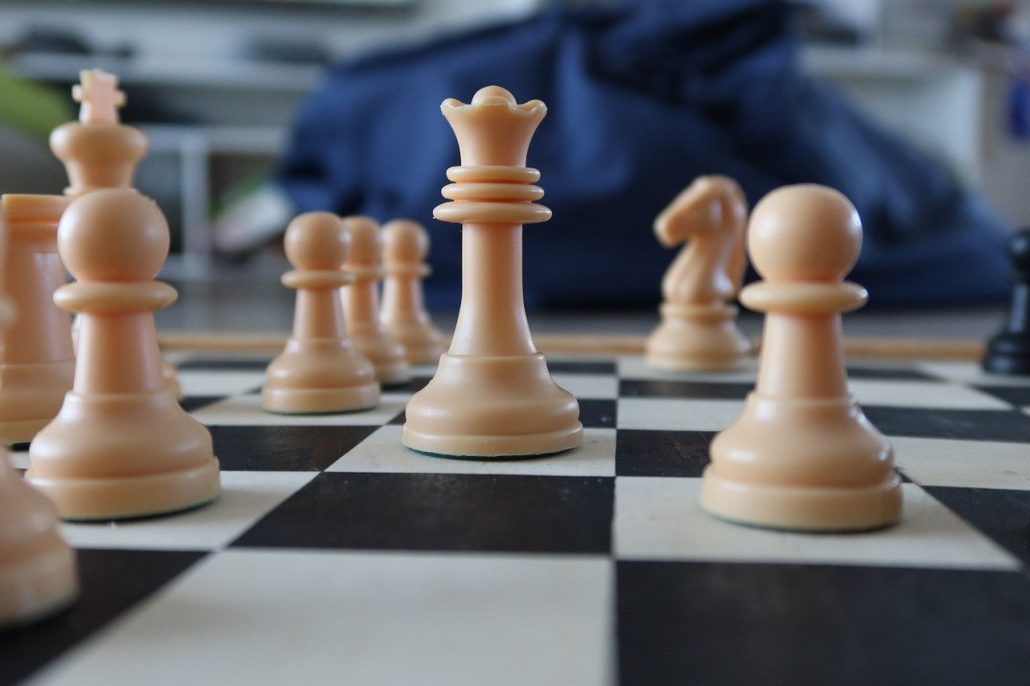
The strategy with the queen is mainly the same in the whole chess: Controlling squares. Having the queen attacking the key squares is important in the positional play.
Something that not many chess players know is the fine thread that links positional preparation with tactical blows or combinations. Preparing for the attack is something extremely interesting and worth studying.
Identify the weak spots in the opponent’s position and figure out a way to exploit the said advantage. This is related to every chess concept in the game, you have to know how to exploit different types of advantage.
This way you can exactly know how you should move your pieces.
The queen chess piece is (in 80% of cases) responsible for getting the advantage to one side or another. Creating specific advantages in specific places on the board is key to win a chess game.
These advantages can be positional or dynamic, your job is to get the type of advantage you want, and different types of advantages could be:
- Space
- Control in the center
- Control of a key square
- A 3 against 2 pawns majority in the queenside or kingside
- Hanging pawn
- Many others
Remember you need to know what kind of advantage you are aiming for and how to exploit it.
The queen chess piece sacrifice
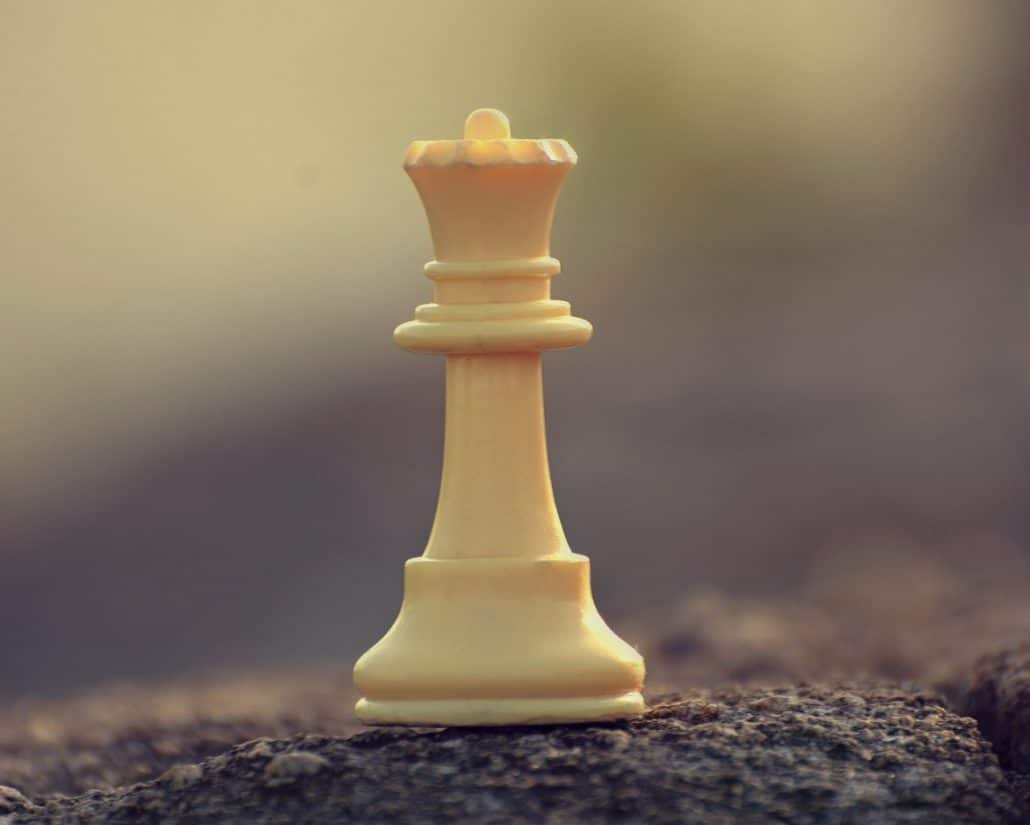
In many chess games, we see a knight sacrificing to get some immediate or long-term advantage. Sometimes we can see an interesting exchange sacrifice, normally these sacrifices have to do with positional gains.
But what about the queen?
The queen is a more juicy piece than any of the others named before, sacrificing the queen has to bring a definite resolution to the game.
Normally the queen is sacrificed to get a more dynamic advantage like a combination that leads to mate forcefully in a pair of moves.
There are also queen chess sacrifices, but these must be extremely calculated and be done with great preciseness. The queen can be sacrificed in exchange for three minor pieces or a rook and a minor piece.
A good example of a great queen sacrifice we can see in the game of the century played between Robert J Fischer and Donald Byrne.
You may also like:
How to choose the next chess move

